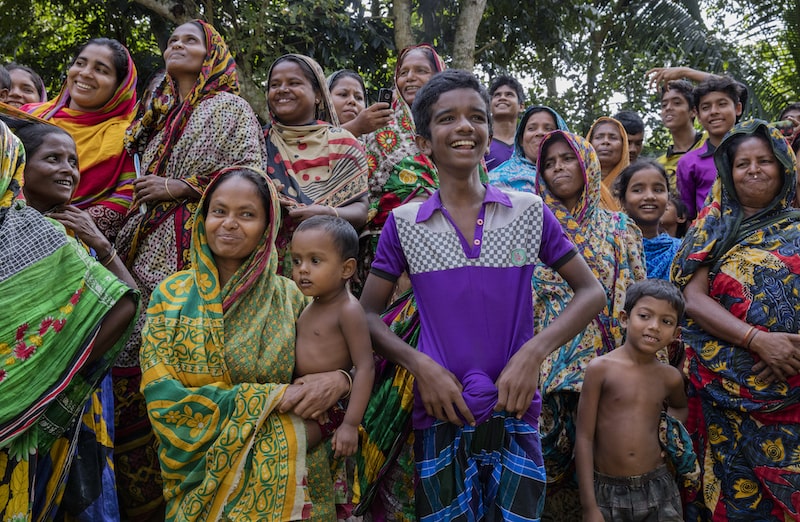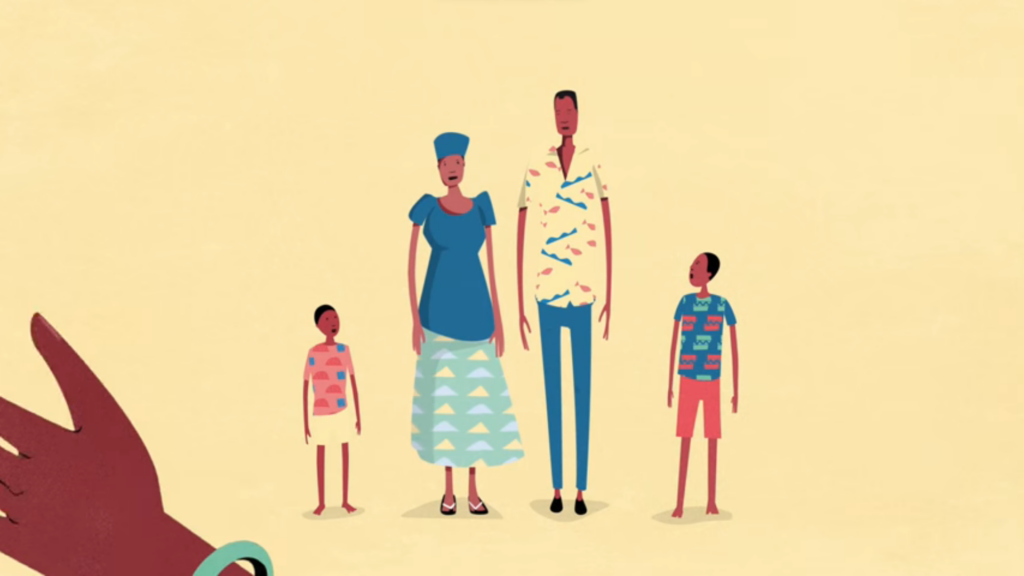
SUPPORTING COMMUNITIES TO PREVENT IPV IN UGANDA AND GLOBALLY
Your complete source on everything SASA! and SASA! Together! Our goal is to make all materials on a programme easily accessible in one place. If you are aware of additional resources, please contact us.
In 2008, the SASA! Activist Kit was piloted in Uganda, leveraging community mobilisation to prevent violence against women (VAW). Through interactive and critical reflection activities, SASA! explores power dynamics, gender, violence, activism, and collective responsibility.
SASA!, which means ‘now’ in Kiswahili, also stands for its four programme phases: Start (nurtures ‘power within), Awareness (deepens analysis of men’s ‘power over’ women within communities), Support (encourage joining ‘power with’ others), and Action (equips the use of ‘power to’ enact and sustain positive change).
SASA! trains and mentors community activists, empowering them to lead informal activities within their existing networks. It is recommended to implement SASA! for three to five years in order to reduce VAW.
Foundational concepts:
SASA! has been adapted to more than 50 countries including humanitarian settings. Throughout these adaptations, four foundational concepts crucial for implementation have emerged.
- Gender-power analysis: recognises men’s power over women as the root cause of VAW, aiming for balanced power in relationships, communities and institutions.
- A phased-in approach: implemented in four phases of change that introduce ideas over time to deeply influence community members about violence.
- Holistic community engagement: of all circles of influence – individual, interpersonal, community, institutions and society — to build a critical mass of change, inspiring action at every level.
- Benefits-based activism: emphasises the positive benefits of non-violence rather than the negative emphasis on the consequences of violence.
From 2008 to 2012, SASA! in Kampala, Uganda, was evaluated through a randomised controlled trial, an economic evaluation, monitoring and evaluation and qualitative research. The evaluation found significant community-level impacts on reducing women’s risk of physical intimate partner violence (IPV) and on the social acceptability of violence. Participation in SASA! was found to enhance other aspects of intimate partner relationships, such as increasing trust and cooperation, more open communication, and aspirations to strengthen the partnership.
In 2020, SASA! Together was published as a revision of SASA! incorporating lessons learned, and addressing identified challenges and recommendations for programme improvement. While both SASA! and SASA! Together share the same foundational concepts, SASA! Together shifted its main themes from HIV and transactional sex to focus on power, IPV and sexual decision-making in intimate relationships. It introduced new activities like deeper work with couples, specific activities for social media, and an institutional strengthening strategy. SASA! Together has not yet been rigorously evaluated.
SASA! and SASA! Together were designed by Raising Voices and originally implemented by the Center for Domestic Violence Prevention (CEDOVIP) in Uganda. If you want to adapt the programme, we strongly recommend that you contact Raising Voices first.
- The evaluation of SASA! in Uganda was the first rigorous study in an African setting to demonstrate the possibility to achieve meaningful community-level change to prevent violence within a relatively short time frame (about three years).
- The SASA! approach has resonated across adapted settings because it uses simple but provocative communication materials, encourages questioning rather than messaging, and focuses on the benefits of change.
- Implementing SASA! highlights the importance of organisations undergoing training for personal changes among staff and creating space to re-examine their values and beliefs about power and VAW.
- Organisations implementing SASA! or SASA! Together should ensure enough time for adaptation and contextualisation of the materials. Whilst the model can be adapted to address different types of violence (other than the current focus on IPV), this would require additional adaptation efforts.
“SINCE I STARTED PARTICIPATING IN SASA! ACTIVITIES EVERYTHING CHANGED FOR THE TWO OF US. SINCE THEN WE ARE MORE UNITED AND EACH ONE OF US SEE[S] THE OTHER AS ONE PERSON. NO ONE COMPLAINS ABOUT HOW MUCH THE OTHER IS SPENDING THEIR MONEY.…I DO NOT INTERVENE IN THE WAY MY WIFE SPENDS HER MONEY. SHE SPENDS IT IN THE WAY SHE WISHES TO BUT I CAN NO LONGER FORCE HER TO USE HER MONEY ON ANYTHING AGAINST HER WISH. ”
MALE PARTICIPANT, AT THE END OF THE PROGRAMME

